Peter Gleick: How Much Water do YOU Use at Home?
A new tool from the Pacific Institute for figuring out our home water and energy and greenhouse gas footprint.
We all use water, for all kinds of things. We use water directly in our homes. We use water indirectly to produce the food we eat, the semiconductors we use, and the clothes we wear. We use water in our offices and businesses and work. But how many of us really have a sense of what our water use is, or the energy and greenhouse gases embedded in that use?
The Pacific Institute has just created and released our home Water-Energy-Climate Calculator, called WECalc, to help you figure out your direct water use at home. While there are other important pieces to your water footprint, such as your diet (I’ve tackled this elsewhere, for example in Water for Beef), one good place to start is at home: WECalc asks you a series of questions about your home or apartment water-use habits, and based on your replies, estimates your water use. [WECalc was made possible with support from the Argosy Foundation.] At the same time, it estimates your water-related energy use and associated greenhouse gas emissions and, even better, offers explicit suggestions for saving water, energy, and money. When I ran my home information through WECalc, I found that I’m spending about $230 per year to heat water, and that my overall household water use requires energy to the tune of 2,500 lb of carbon emissions per year (like driving a car for 76 days). And I’m way below average!
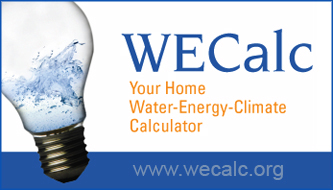
The bulk of my water-related carbon emissions are associated with the hot water use in the shower, not an uncommon finding. So if you haven’t got a good low-flow shower head—which WECalc will suggest, along with other specific recommendations based on your answers—you’re probably missing one simple and inexpensive way to save water and energy.
And it’s much more than the shower. Saving water saves energy because capturing, transporting, treating, and using water is highly energy-intensive. And energy use releases greenhouse gases to the atmosphere: use less water, emit fewer greenhouse gases. A major Pacific Institute report on water conservation and efficiency found that implementing widely available, cost-effective technologies and practices could reduce California’s current urban water use by a third, and the California Energy Commission concluded that water conservation and efficiency improvements could save a vast amount of energy at far less cost than traditional energy-efficiency programs (which are themselves far cheaper than building new energy supplies). When you account for all the other benefits that flow from saving water—like lower energy bills, reduced landscaping costs, and the reduction in waste water—water efficiency measures become very cost-effective, and in some cases are worth doing even if water is free.
The Calculator also offers the option of entering information from your water bill directly and exploring different options for fixtures, with detailed information on national and state efficiency standards, recommendations for new technologies and strategies to save water, and insights into where all of your water actually goes.
Knowledge is power, they say. And the more we know about our water use, the more likely we are to begin to make better and more informed decisions.
Peter Gleick
Dr. Gleick’s blog posts are provided in cooperation with the SFGate. Previous posts can be found here.



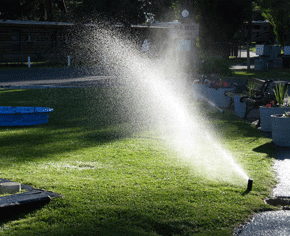
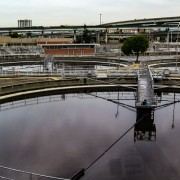


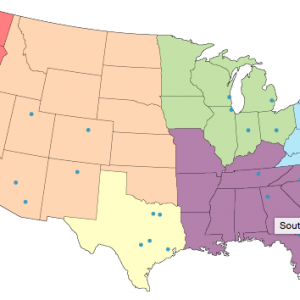
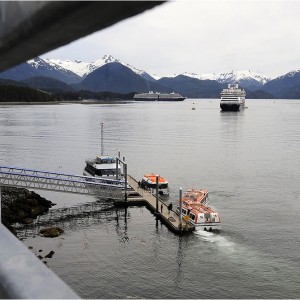
Leave a Reply
Want to join the discussion?Feel free to contribute!